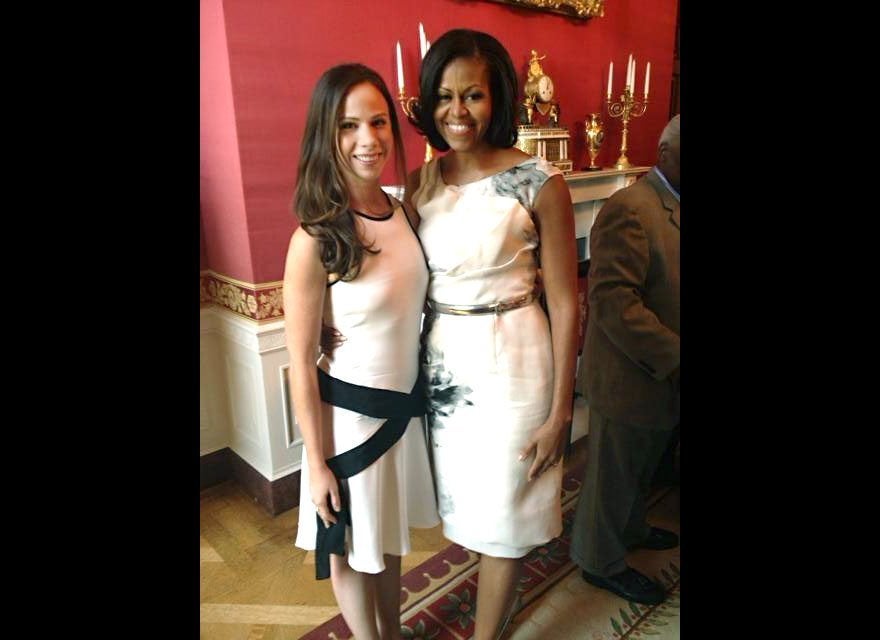Someone get Chuck Hagel a frame for his government ID card. If some members of Congress get their way, that might be the only official portrait taxpayers will pay for.
This week the Senate introduced not one but two new bills that would ban federal spending on traditional oil portraits for cabinet-level officials.
On Thursday night, Sen. Jeanne Shaheen (D-N.H.) reintroduced the Responsible Use of Taxpayer Dollars for Portraits Act, which would cap federal spending on oil portraits at $20,000 and limit such portraits to those in line for the presidency.
Several hours after Shaheen announced her legislation, Sen. Bill Cassidy (R-La.) introduced a bill that would ban taxpayer spending on all oil paintings for anyone in Congress and the executive branch.
"Tax dollars should go to building roads and improving schools -- not oil paintings that very few people ever see or care about," said Cassidy in a press release.
Federal agencies for decades have commissioned portraits of department heads, but the practice has faced increased scrutiny in recent years. In 2008, the Washington Post reported that an official portrait can carry a hefty price tag, sometimes up to $50,000. And when the Washington Times tried to photograph one, they were told that the portrait was unavailable for public viewing.
"Taxpayers shouldn't pay for a portrait that costs more than many Americans make in a year," said Shaheen in a press release.
Similar bills have been proposed in the past. Cassidy sponsored his Eliminating Government-Funded Oil-Painting Act (or "EGO" for short) as a member of the House in 2013. That legislation passed but went nowhere in the Senate. Shaheen's bill made it out of committee when it was first proposed two years ago, but did not make it to a vote in front of the full Senate.
But those failures haven't stopped Congress from restricting portraiture, as the last two federal budgets have specifically barred federal spending for portraits of executive branch officials.
The lack of public funding has meant that officials have had to turn to other funding sources for their portraits. The president's portrait is paid for by generous private donors, as are the portraits of House committee chairs that continue to adorn the walls of (some) committee chambers, looking down on their successors and occasionally inspiring awkward feuds.
CORRECTION: A previous version of this story incorrectly stated that Shaheen's bill did not make it out of committee when it was first proposed. It did not make it to a vote.
